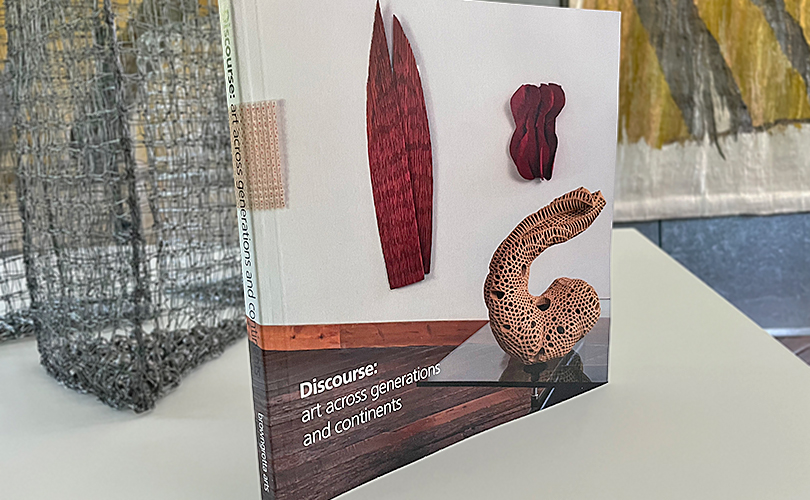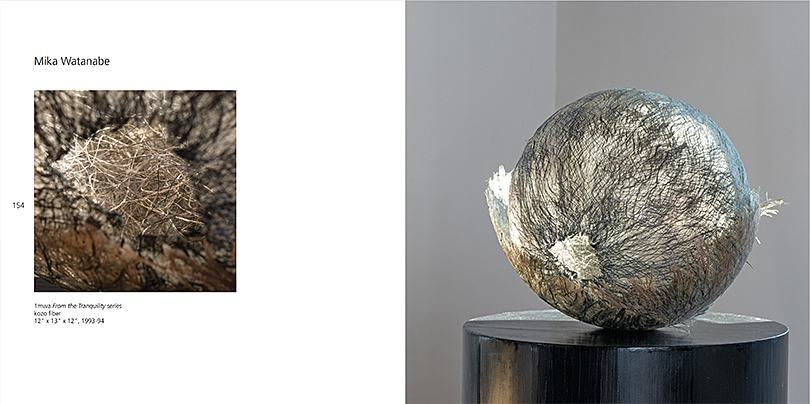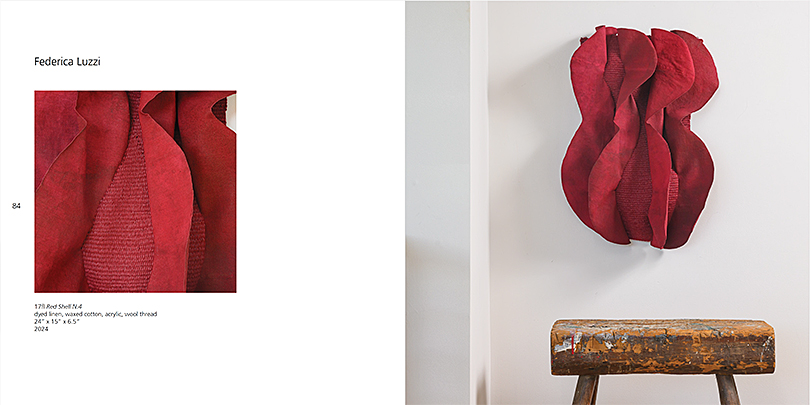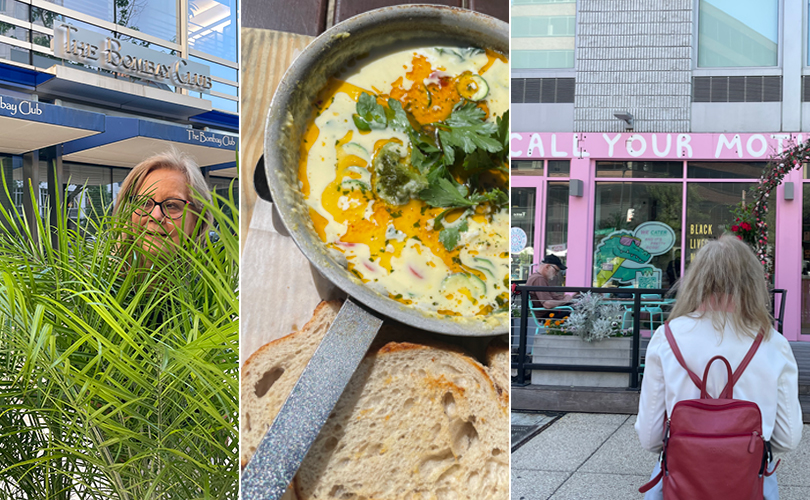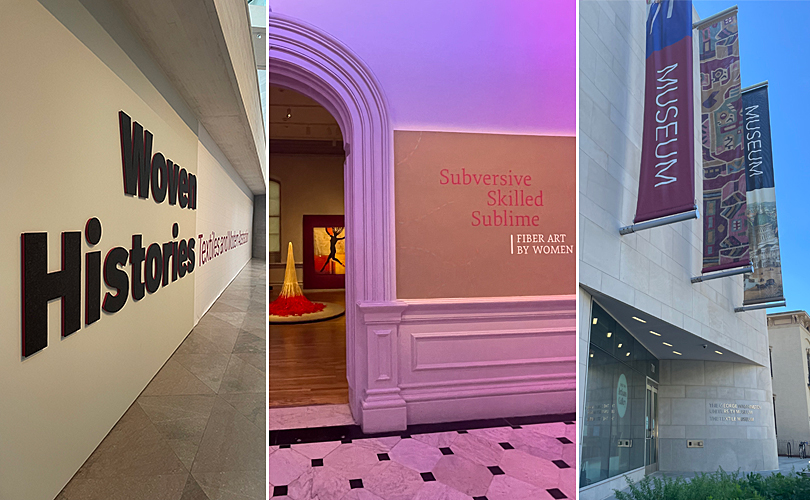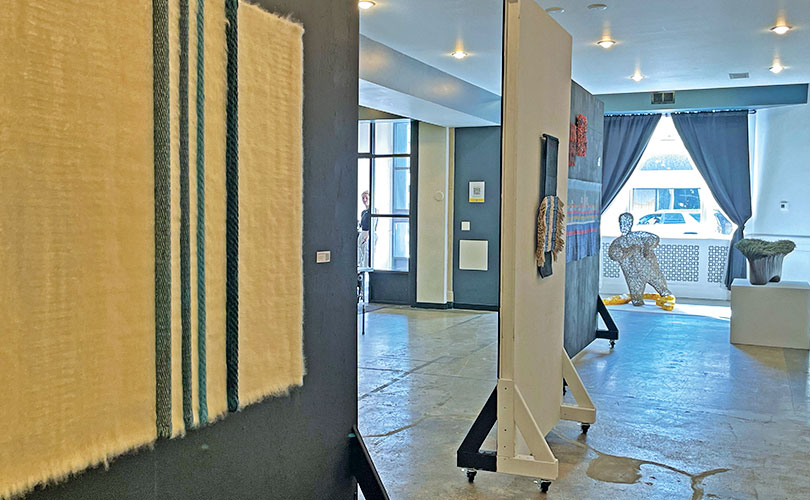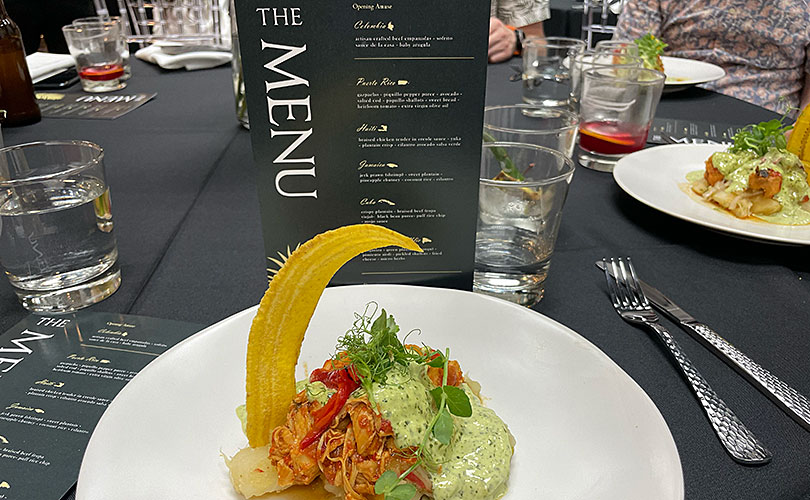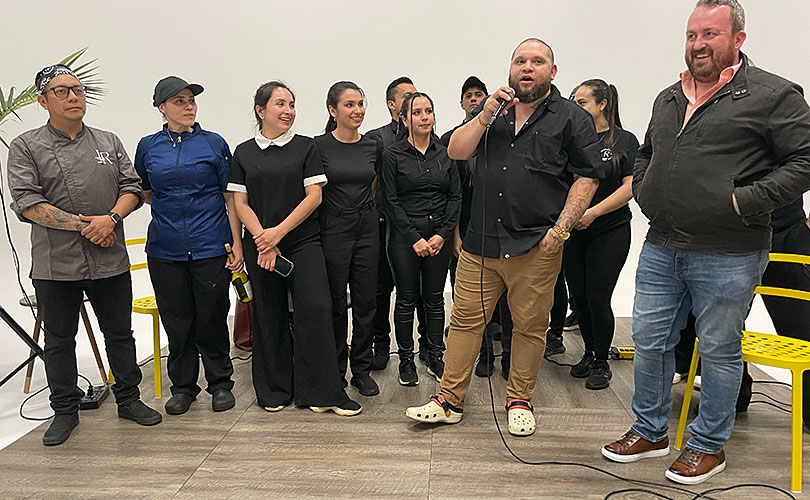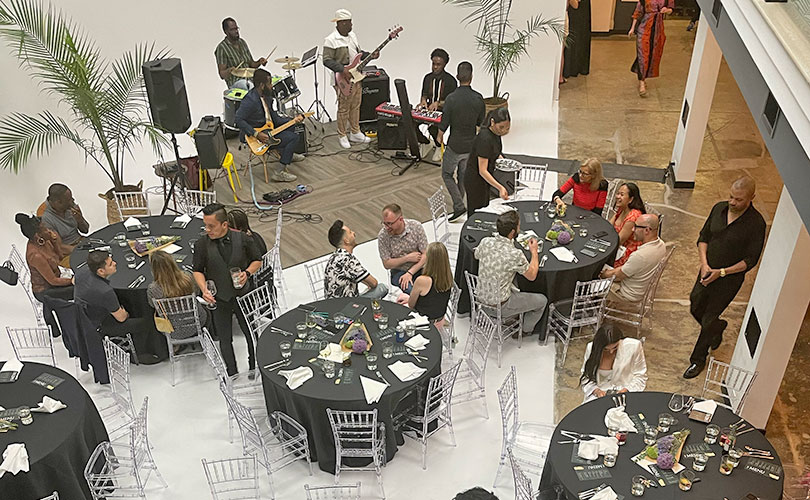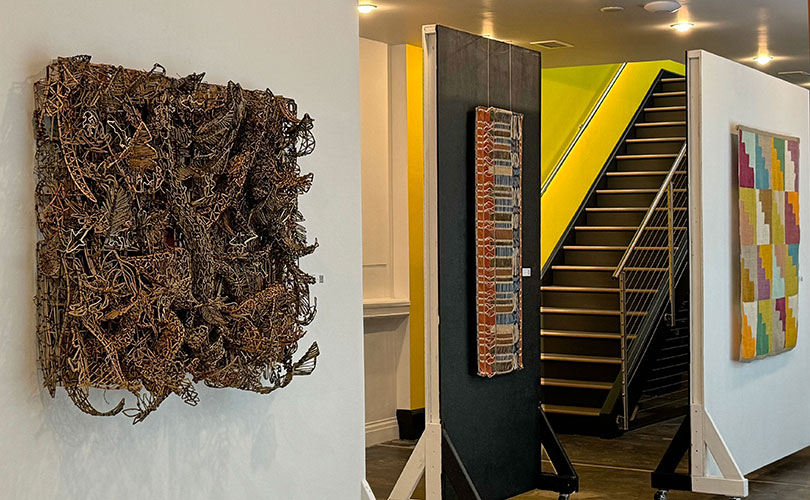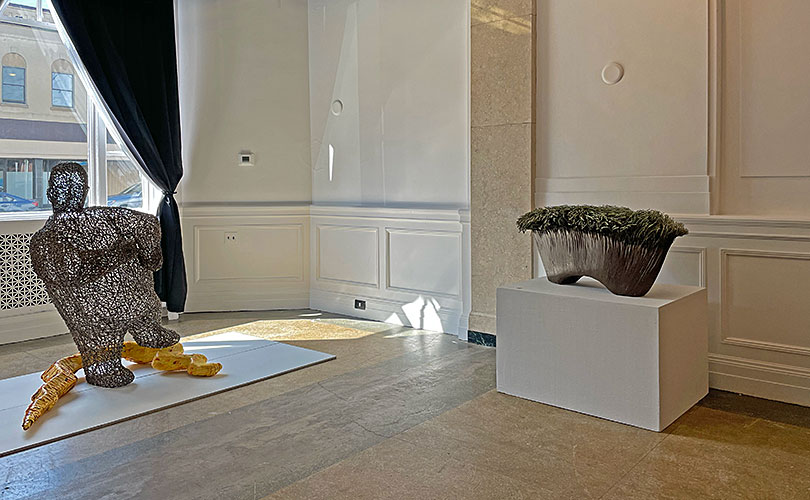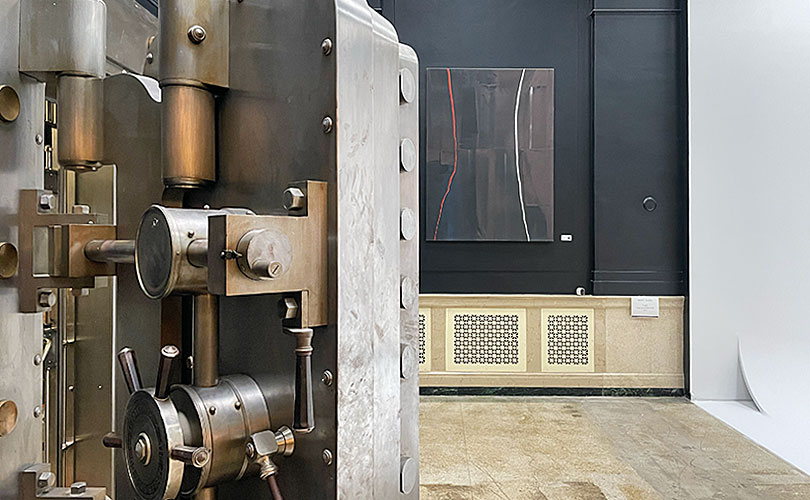Summer has brought sunshine, adventures, and an abundance of art to browngrotta arts! We’ve been immersed in exhibitions, shining a spotlight on our fabulous artists, and proudly launched our catalog for Discourse, art across generations and continents.
As June draws to a close, join us in recapping our featured artists from the New This Week series, including Norma Minkowitz, Rachel Max, Sue Lawty, and Hisako Sekijima. Let’s dive in!
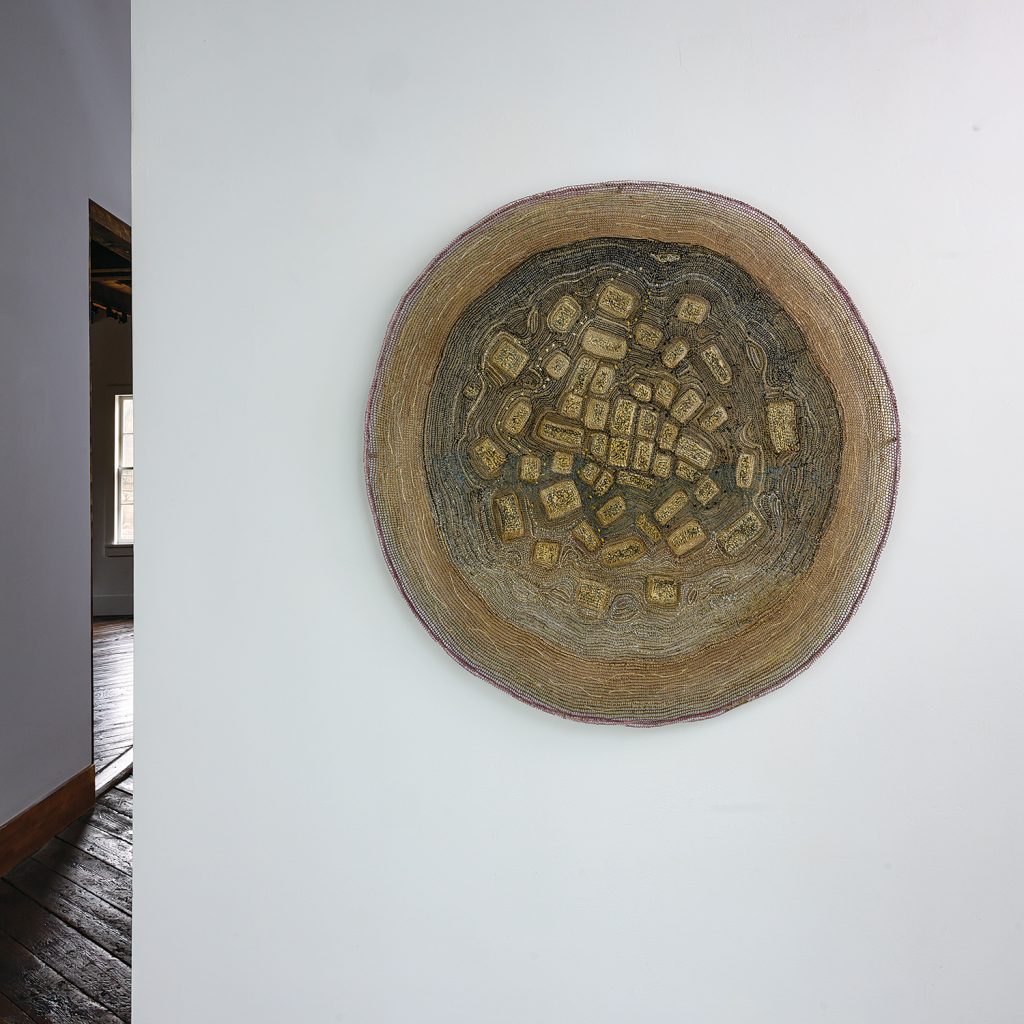
Starting off the month, we featured the work of artist Norma Minkowitz. Renowned sculptor Norma Minkowitz has dedicated years to exploring the potential of crocheted sculptures, intricately interlaced and hardened into mesh-like structures.
Her artworks seamlessly blend structure and surface, offering profound reflections on themes of enclosure and entrapment. Minkowitz frequently contemplates the cycles of life and renewal, leaving twigs and branches embedded within her sculptures. These elements peek through the exterior, evoking comparisons to human skeletal or circulatory systems.
We are lucky to be able to work with her, and we hope everyone else enjoyed her feature as much as we did!
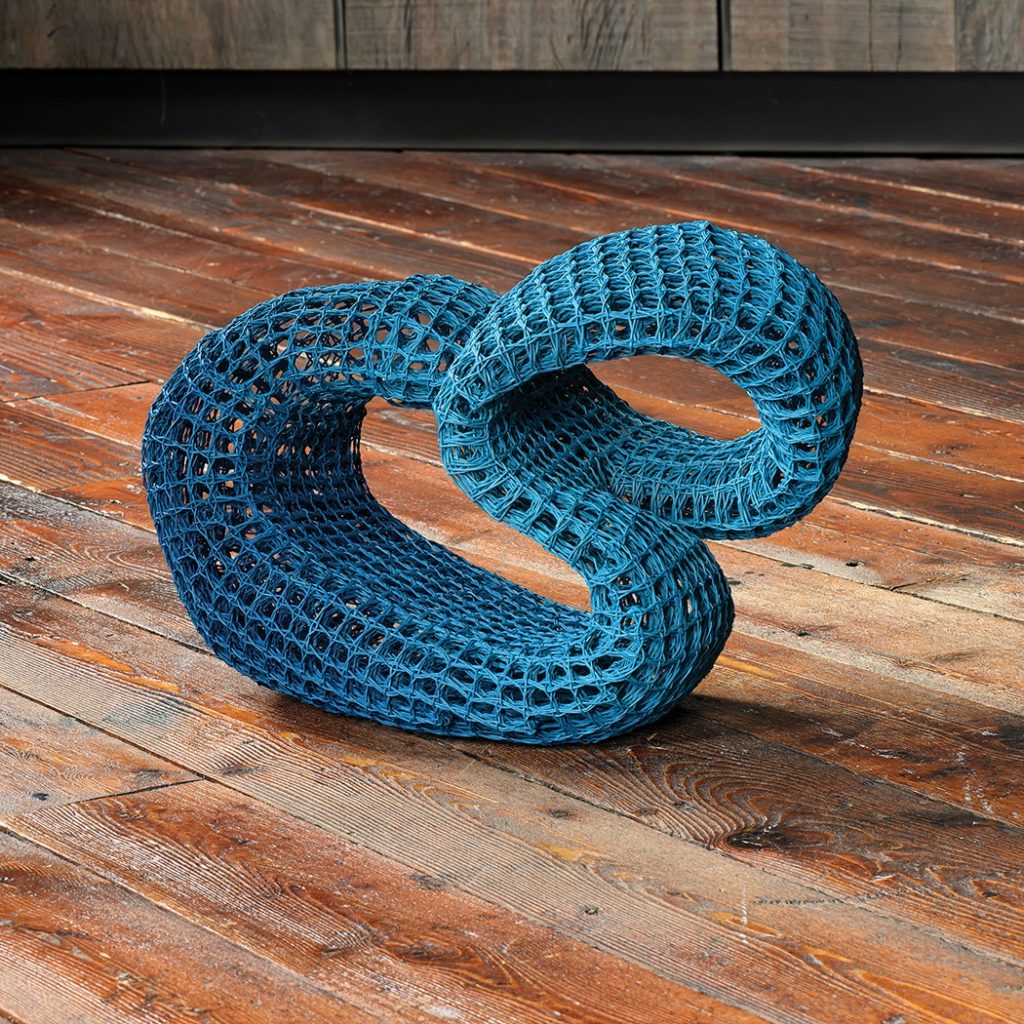
11” x 16.5” x 8”, 2023-24. Photo by Tom Grotta.
Next, we featured the talented artist Rachel Max, known for her innovative approach to contemporary basketry from her London base. Max’s artistic journey explores the intricate interplay between lace and traditional basketmaking techniques, resulting in finely woven sculptural pieces designed for interior spaces.
Her creative process involves meticulous refinement, exploration, and development of delicate openwork structures, where the juxtaposition of precise patterns with more relaxed weaves emerges as a recurring motif. Throughout her work, color plays a pivotal role, serving as a unifying element essential to Max’s artistic expression.
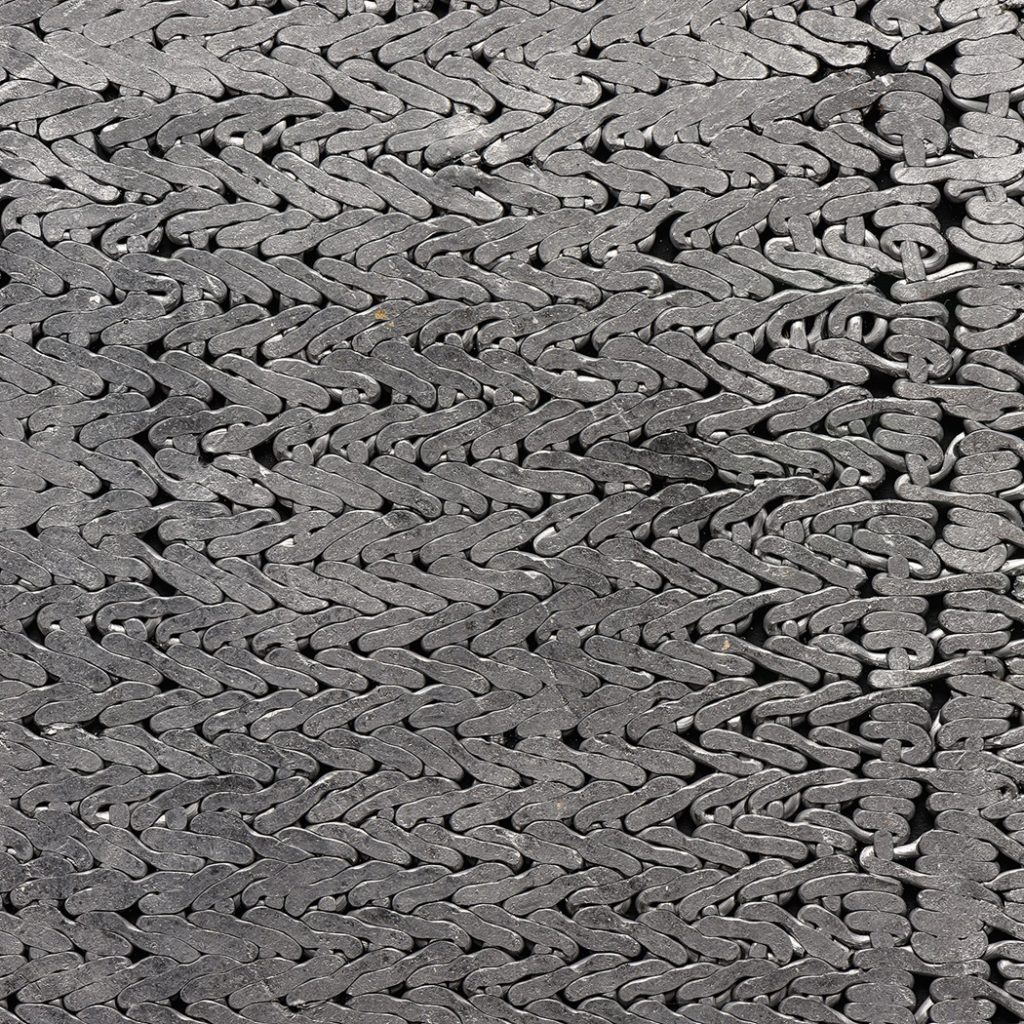
We then turned our spotlight to artist Sue Lawty; renowned for her extensive experience as an artist, designer, and educator, with works displayed in prestigious collections worldwide, including a notable residency at the Victoria and Albert Museum in London.
Lawty’s creative practice delves deep into emotional, spiritual, and physical connections with the land. Through intuitive and meticulous exploration of materials and construction techniques, she constructs unique textual languages. It’s no surprise her contributions are revered across the art world.

Last, but certainly not least, we featured the work of artist Hisako Sekijima. Sekijima is known in the art world for her sculptural baskets created with diverse materials including cherry, hibiscus and cedar bark, kudzu, and bamboo.
She describes herself as a perpetual experimenter, fascinated by concepts of order and disorder, connection and disconnection. Her artistic pursuits encompass a wide range of techniques and themes, from binding and wrapping space to exploring spheres, handles, and the interplay of materials.
We look forward to continuing this exploration with you in the months ahead. Stay tuned for more inspiring stories and artists featured in our upcoming series!

